
What is a weather forecast and how does it work. Meaning, duration, accuracy, more
The weather forecast is not just about “sunny, no wind, and a zero percent chance of rain for today” (or vice versa). Behind these simple concepts, there are a lot of things, which are interesting and useful to know not only for those who are fond of meteorology but also for everyone.
In this article, we will explain what a weather forecast is and how it works, including 20 main concepts from the meaning of the word itself to comparing different forecasts as the best way to identify the most accurate one.
1. Weather forecast meaning
Weather forecast is the result of the process of predicting (forecasting) the state of the atmosphere for a particular place and time using science (meteorology) and technology. Meteorologists also study the various processes that occur in the ocean and on land, because everything in nature is interconnected.
People have been trying to predict the weather for thousands of years, but officially we call it "weather forecasting" only since the 19th century. It is believed that the very first weather forecast was published on August 1, 1861, in the English newspaper Times by the English meteorologist Robert Fitzroy.
The weather forecast is always about the time in the future. There is no weather forecast for the past. The past meteorological data is called weather history. However, there is such a thing as a “weather forecast real-time” or nowcasting, which we will talk a little bit about in the article.
Today it is also a big part of the economy, for example, in 2009, the US spent approximately $5.1 billion on weather forecasting.
2. Weather forecast point
The weather forecast we are used to is a result of the complex work of lots of formulas and algorithms.
The point is the place the forecast is calculated for.
Let’s take a point on the map, for instance, an Alpine skiing resort such as Madonna di Campiglio in the Dolomites, Italy. We can calculate certain parameters for it: humidity, precipitation, cloudiness, etc. These are the initial conditions for a complex equation system.
Equations are solved by supercomputers for several points at once regularly.
Let’s imagine a bath of cold water. There’s a speck of dust in one corner and a glass of boiling water in another. How will it influence the particle’s movement? It’s as hard to make a weather forecast as to predict that.
3. Weather forecast grid (spatial resolution)
A point is a spot for which we calculate the forecast by introducing the available parameters. But it’s too costly to calculate forecasts for every square meter (feet). That’s why intervals are used, for instance, a forecast for every point with a 1 km (mi) interval.
Those points make up a grid, which is also known as the spatial resolution of the forecast. In other words, it is the distance between two points of the weather model grid.
The terrain is also very important. Bigger resolutions of 50 to 10 km in size are usually deployed in relatively flat terrains, while mountain ranges require the nodes to be a lot closer to each other, usually 5, 2, or 1 km.
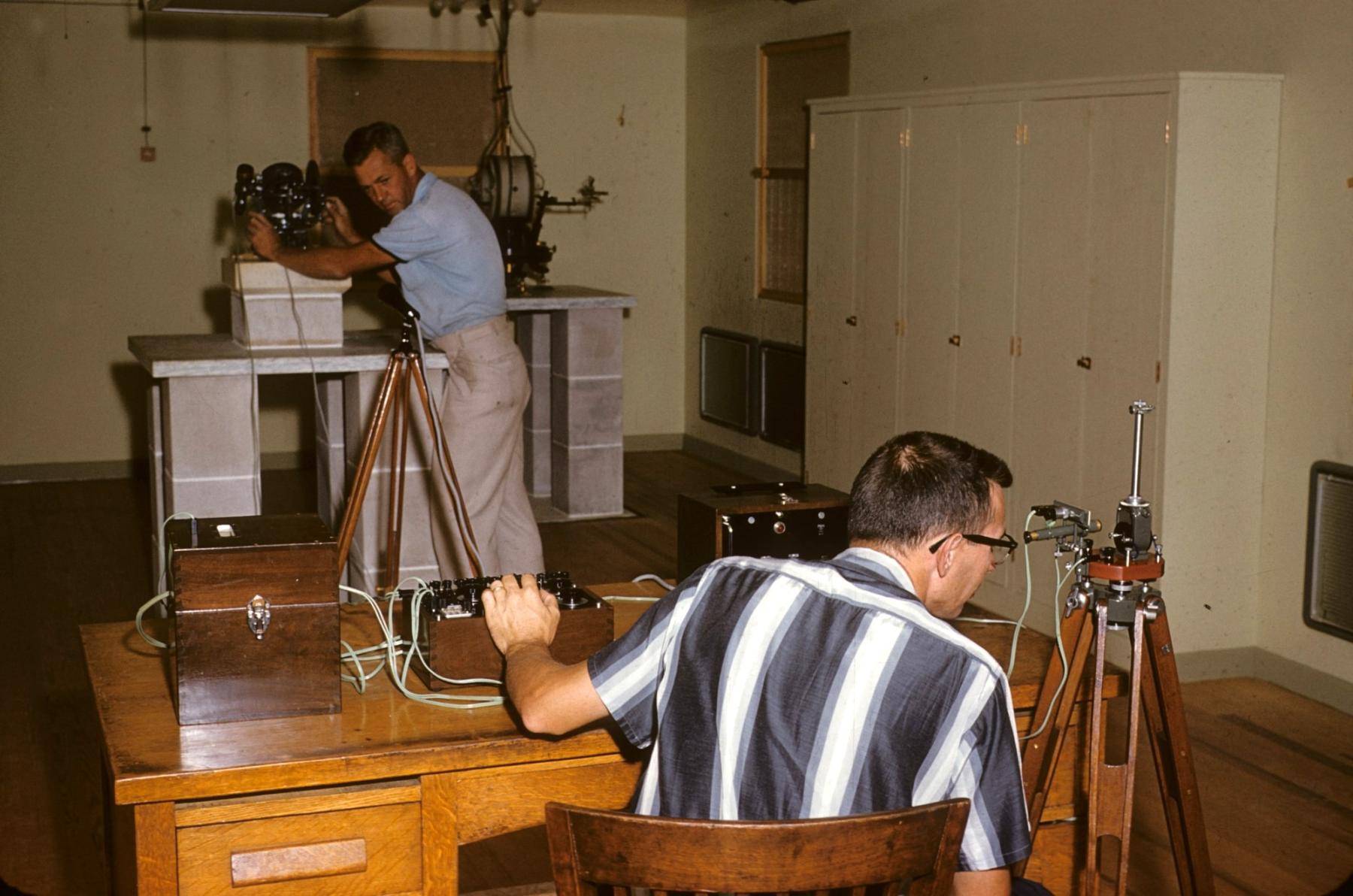
NOAA / Unsplash
4. Weather forecast model
Solving complex equations for many locations constitutes a weather forecast model.
According to the model, the forecast doesn’t change between the points. That’s why the smaller the grid of the model and the correspondingly smaller it's resolution, the more accurate the weather forecast because it is easier to calculate it for a smaller area than for a larger one.
The grid could be from 1.25 km (0.7 mi) as in the AROME weather model to 27 km (16.7 mi) as in the GFS27 weather model. There are many models, which values are between 3 km (1.8 mi) — HRRR, 12 km (7.4 mi) — NAM, and others.
There are some special models for individual weather elements such as MFWAM for the global forecast of the waves and MyOcean for the world’s sea surface temperature.
In total, there are more than a few dozen basic and specialized weather models such as UM (United Kingdom Met Office), CFS (Climate Forecast System), ALADIN (Aire Limitée Adaptation dynamique Développement InterNational), and others.
5. Weather forecast territory
To know the weather at a certain point, the global picture is necessary first — that’s what global models do. The main global weather models are GFS, ECMWF, and ICON Global.
Regional models work on a certain territory, they cover parts of the world and separate natural and geographical regions, such as Europe or the Mediterranean Sea. The main local models are AROME, OpenWRF, WRF8, and others.
Learn more about other weather models and how exactly they work
6. Weather forecast source (organization)
Usually, the weather model name is an acronym consisting of two or more words describing its origin and features. For example, GFS27 is the Global Forecast System of the US National Weather Service with a resolution (grid) of 27 km. ECMWF is the European Centre for Medium-Range Weather Forecasts with headquarters in Reading, UK. So each model has a source, usually a governmental organization, which created and/or manages the model and develops it. Many models also form the basis for other models created by private companies or individual meteorologists or their communities.
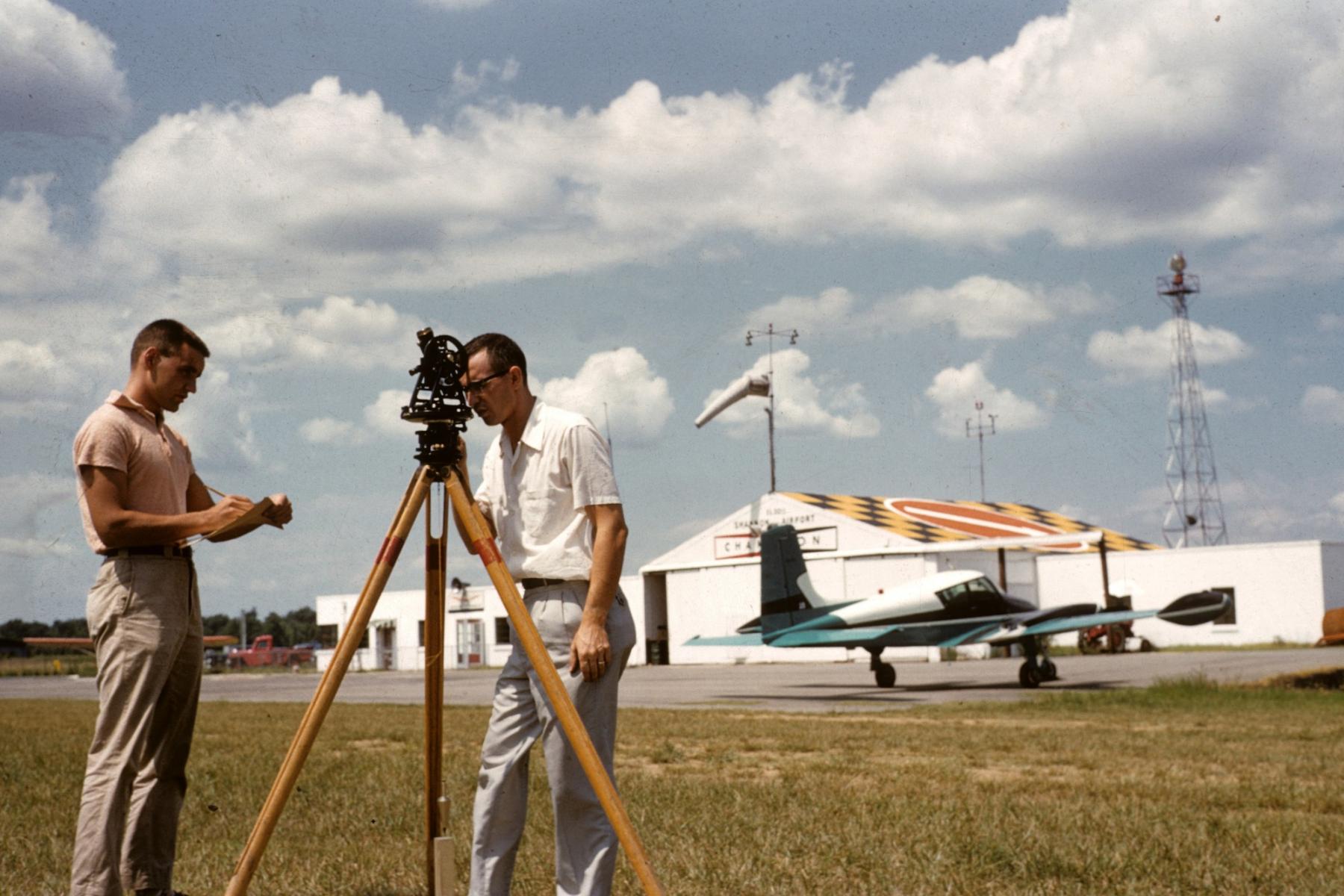
NOAA / Unsplash
7. Weather forecast instruments of data collection
Weather models need to be “fed” constantly. Data is collected by special weather instruments located on land, in the sea, in the air, and in space. So it is not just data, but a very Big Data.
Weather instruments are conventionally divided into two large types: small and relatively simple and large and complex.
Simple tools include a thermometer to measure air temperature, an anemometer to measure wind speed and direction, and a rain gauge or snow gauge to collect and measure these two main types of precipitation. The five most common complex weather instruments are weather stations (there are more than 40,000 official weather stations in the world), weather satellites, weather radars, weather buoys, and weather balloons.
After collecting data, the instruments send it to meteorologists via satellite communication and other ways, where they are immediately stored and processed by weather models to calculate weather forecasts.
Learn more about weather instruments and a Big Data in weather forecasting
8. Weather forecast elements
The weather, which looks like a single phenomenon, is in fact a set of different meteorological events expressed in specific values (numbers) at a particular point in space at a particular time.
These phenomena are also called weather elements or parameters or parts, and the like. You already know what those parts are: temperature, precipitation, wind, and more. These are the main weather elements, to which some others also belong. But there are also advanced weather elements, of which there are many more. For example, an altitude wind forecast or CAPE Index. These can be found in specialized weather forecasts.
Learn more about basic and advanced weather elements
9. Weather forecast units of measurement
Just as weather data is collected with special weather instruments, it is also measured with special units. You already know some of them: degrees for temperature, millimeters for precipitation, and meters per second for wind, and so on. But these are just three major weather units, there are many more. The units come from the International System of Units (SI), which defines the basic units for all existing physical quantities, including various meteorological phenomena.
Learn more about weather units of measurement
10. Weather forecast duration
The weather model can't make a forecast for the next year. We are speaking about not even months but weeks and days. So the forecast duration or range or depth is the number of days for which the forecast is made. In other words, how long is this forecast over time?
Weather forecasts for three and 10 days are two of the most common. You can also see forecasts for 5, 7, and 14 days. 10/14 days is the usual time period of a long-range weather forecast or the “theoretical limit” of weather prediction. We can’t predict the weather accurately for more than 10–14 days.
So, as a rule, the lower the depth, the more accurate the forecast. About the accuracy of the forecast depending on its duration, read further in the article.
Learn more about weather forecast duration
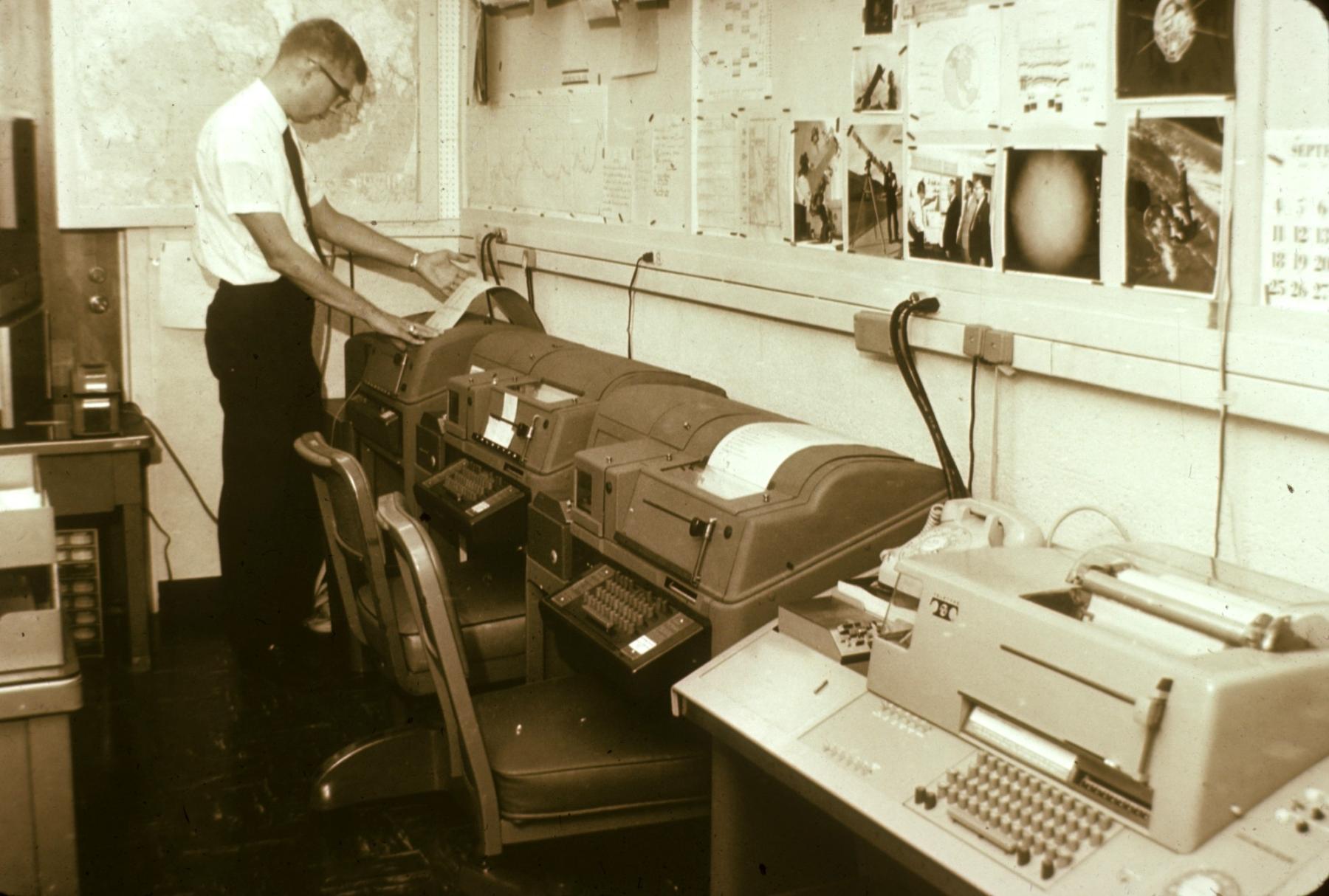
NOAA / Unsplash
11. Weather forecast step
The weather forecast step is the forecast interval or how many hours ahead you can see the forecast within each day. There are two common steps: 1 hour and 3 hours. Accordingly, in your forecast table, it looks like a forecast for 10 a.m., 11 a.m., 12 p.m., and so on. Or 6 a.m., 9 a.m., 12 p.m., and so on.
It’s also important that the weather forecast is usually made from 6 a.m. to 12 p.m. of the next day, because people usually don’t need the weather at night. But it can also be a nightly weather forecast.
12. Weather forecast update time
The more often the weather forecast is updated, the better.
Update frequency is a frequency of forecast updates during the day or the regular time interval after which new forecast data is received from the supercomputers by the weather models. For example, the forecast can be updated once a day, two times a day, four times a day, or almost every hour like in the case of the HRRR model.
You can find out when the weather forecast was last updated. Usually, this information is written above or below the forecast table.
13. Weather forecast real-time (nowcasting)
As technology advances, meteorologists are able to predict the weather for increasingly shorter periods of time. This weather forecast is called nowcasting.
Nowcasting is weather forecasting on a very short-term mesoscale period of up to 2 hours according to the World Meteorological Organization with a forecast step from 10 to 30 minutes as opposed to one hour and three hours in the normal forecast. So it is much better.
The second popular name for this forecast is the radar weather forecast, which also speaks to the primary method of collecting weather data in this case. According to many meteorologists, radars are the future of weather forecasting.
It is also important to know that radars mostly collect data on precipitation and less often on the wind. That’s why it’s more likely to mean rain forecasting than other elements of the weather.
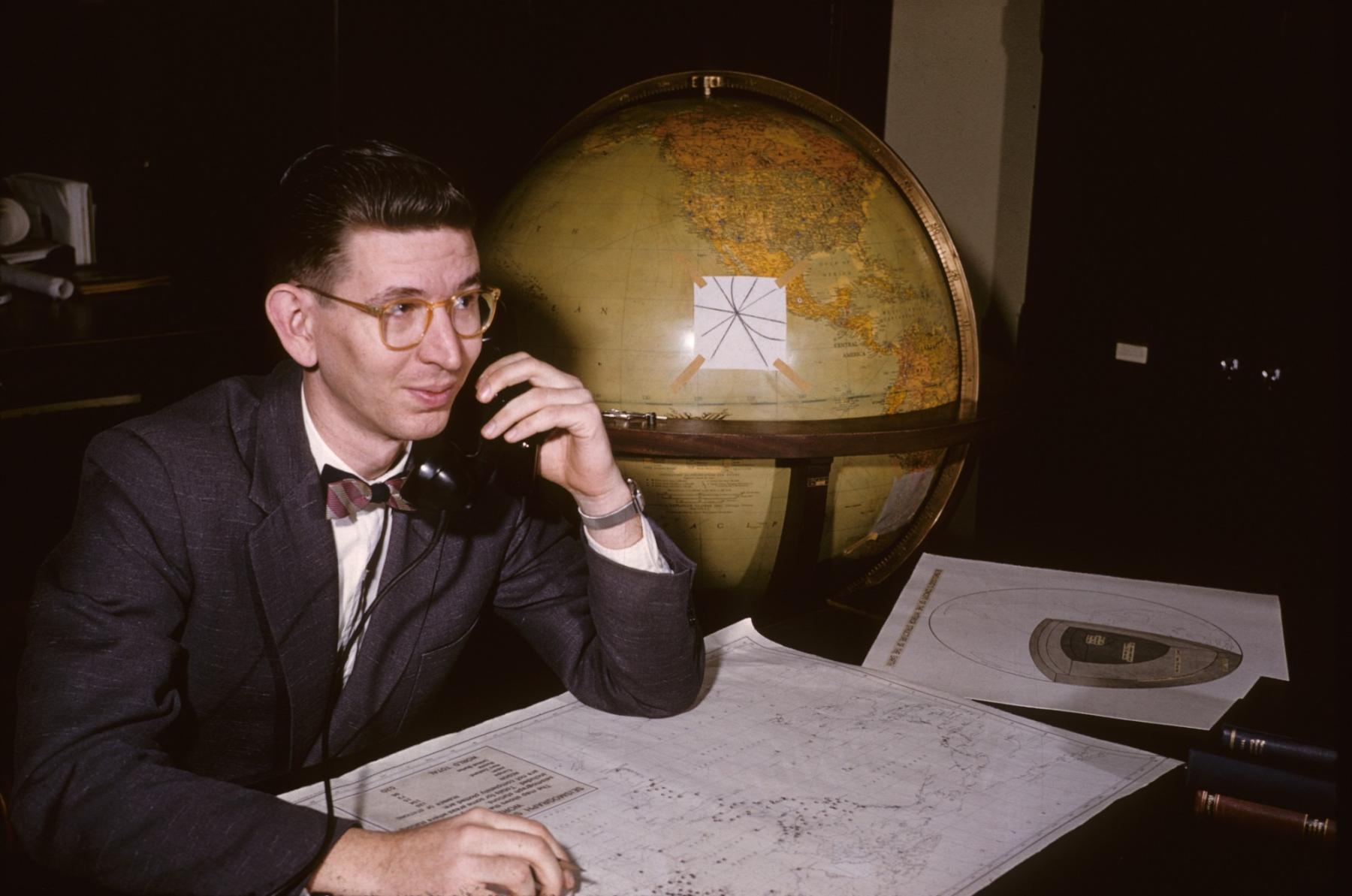
NOAA / Unsplash
14. Weather forecast accuracy
The initial data for calculating weather forecasts can never be absolutely accurate: weather stations work differently, weather satellites have some errors, and the like. That’s why weather models are wrong and make inaccurate weather forecasts. In general, the Earth’s atmosphere is a very complex system, so an absolutely accurate forecast is just impossible.
As a rule, the forecast is 90% accurate for today and tomorrow, 75% — in a 7-day period, and much less — in a month. It’s better not to trust a more than 14-day forecast.
Learn more about weather forecast accuracy
15. Weather forecast Ensemble model
Meteorologists use Ensemble models to improve forecast accuracy.
The essence of these models is that instead of a single weather forecast, a set or ensemble of forecasts (hence the name) is made to give a range of possible future states of the atmosphere. If the resulting forecasts differ significantly, it means that we can’t trust the initial assessment, the model would not be helpful. And vice versa.
One of the most common Ensemble models is the ECMWF-Ensemble or ECMWF-ENS.
Learn more about Ensemble models
16. Weather forecast type
In addition to the general weather forecasts, which include the basic weather elements (temperature, wind, precipitation, and others) and some advanced ones such as the UV Index, you can find specialized weather forecasts for different areas and situations.
For example, there are special weather forecasts for various sports and outdoor activities: surfing, skiing, fishing, and others. Or, in many other areas: air traffic, marine, agriculture, forestry. There are also forecasts dedicated to specific weather phenomena: air pollution forecasting, tropical cyclone forecasting, wildfire forecasting, and others.
The difference between specialized forecasts from the usual ones is that they include a wider set of weather parameters and the ways of its representation (see right next). Such forecasts are made by special services and companies.

NOAA / Unsplash
17. Weather forecast form of representation
In its raw form, due to the equations and calculation results, the weather forecast looks like something complex and understandable only to meteorologists, which the user of the forecast does not want to see. Therefore, the forecasts are “packaged” in a way understandable to everyone, or almost everyone.
Hence, the weather forecast can be of various kinds of forms of representation, including the three main ones: weather symbols, weather maps (before — paper, now — interactive / live), and general weather tables with columns and rows.
Additional forms of weather forecast that you may also frequently encounter include weather charts and graphs, weather widgets on your smartphone or weather app's Home screen, and other interactive ways of showing the weather forecast. For example, when you slide the smartphone screen, it shows you how the weather will change during the day: the sun rises over the horizon, reaches the zenith, and sets, so the night falls and the moon comes out; clouds move over the sky; it starts and stops raining...
Learn more about weather maps and how to read it
18. Weather forecast way of obtaining
The most popular place to get weather forecasts today is through mobile applications on a smartphone, tablet, or even a smartwatch.
Forecasts on websites are also still very much in demand when a larger screen is needed.
The weather forecast on television, where it is usually presented on a weather map, is familiar to anyone and everyone since childhood. On November 11, 1936, the first weather forecast in the form of a diagram was shown on TV.
Even earlier, weather forecasts were broadcasted on the radio (the first weather forecast for tomorrow came on the radio on November 14, 1922) and printed in the form of tables and weather maps.
The oldest place or method of obtaining a weather forecast is weather omens or weather lore, which were preceded by word of mouth. For example, “if swallows fly low over the sky, it is to rain.”
19. Weather forecast offline
As with other services, today’s weather forecast actually equals mobile Internet or Wi-Fi. Without it, the weather applications and websites on your computer do not work.
So just like you download a map of some region in advance so you can use it without the Internet, or you download the game on your phone to play it anytime, the same goes for the weather forecasts in weather apps, which are the most popular places to get a forecast. Check if it works offline, not to be without a weather forecast at the most inappropriate moment.
There are at least three common situations when you may need an offline weather forecast: poor Internet connection on your outdoor spot; you are going to wilderness areas where there is no mobile network at all; bad weather is expected in your spot.
Learn more about the offline weather forecast
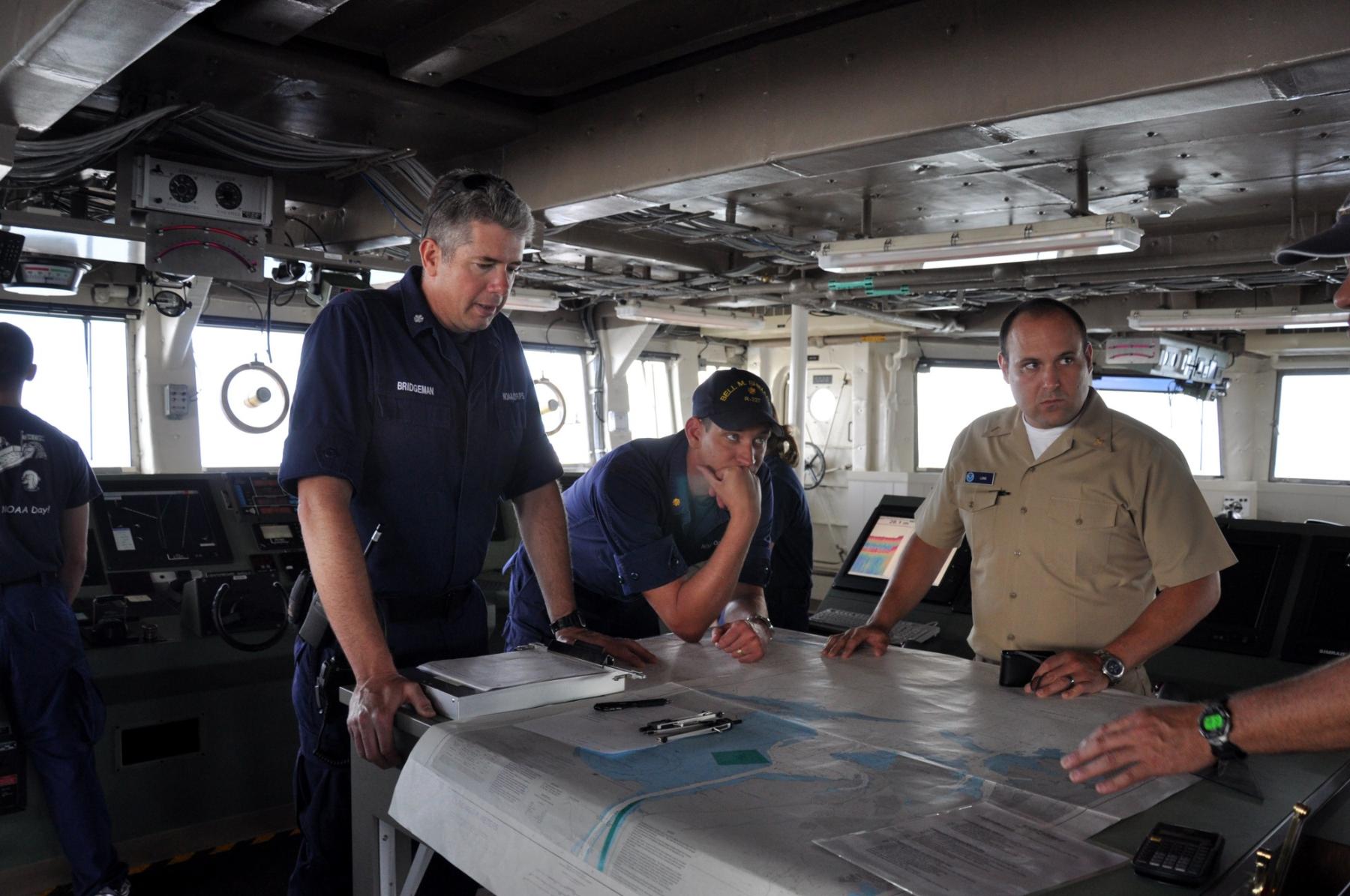
NOAA / Unsplash
20. Weather forecast alerts
In general, weather forecast alerts are messages about changes in the weather forecast, created by different meteorological services and emergency departments of the cities. As a rule, these are urgent short messages that contain information answering the questions: when, where, and for how long the weather will change.
Different wind warnings, watches, and advisories about extreme weather events such as tornadoes and hurricanes like these ones from the US National Weather Service are all different types of weather forecast alerts.
Changing weather is not always a bad thing. In some cases, using special weather apps, you can set warnings about weather changes upwards. This is necessary, for example, for wind sports. Surfers may need strong waves, and skiers may need heavy snowfalls.
Learn more about wind alerts for outdoor activities
21. Weather forecast сomparison
Given that the weather is, in principle, very difficult to predict, and there are many weather models, weather forecasts can vary greatly. In addition to choosing the right weather model and following the right weather forecast durations, another way to understand which forecast is more accurate is to compare forecasts from different sources.
Imagine, forecasts based on different models show that wind speeds will be 10 m/s, 16 m/s, and 14 m/s. This is a significant difference. It’s very dangerous to use a large kite (suitable for 10 m/s) in winds of 14 or more m/s — you can lose control and get serious injuries.
So the weather forecast model comparison is very important when we speak about better weather forecasting.
You can compare forecasts manually, but it is better to use special tools. For example, in the Windy.app there is a feature called “Compare Mode”. It works like this: you just press one button and everything compares itself and builds a graph. The feature is available in the Pro version. It is located to the right of the weather models.
Learn more about weather forecast сomparison
Compare Mode of weather forecasts by the different weather models for New York Harbor, US, in the Fish Weather Profile in the Windy.app for iOS
This is an expanded version of a post that was published on the Windy.app blog on December 12, 2019.
Text: Ivan Kuznetsov, Windy.app authors
Cover photo: NOAA / Unsplash
You will also find useful
The collection of articles about weather forecasting
Read the most useful posts in the Windy.app blog and site
How to read wind forecast to get better outdoor experience
What are the weather units of measurement
Latest News
Professional Weather App
Get a detailed online 10 day weather forecast, live worldwide wind map and local weather reports from the most accurate weather models.
Compare spot conditions, ask locals in the app chat, discover meteo lessons, and share your experience in our Windy.app Community.
Be sure with Windy.app.



